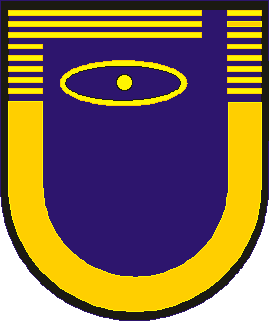 |
Institute of Physics
University of Latvia
IPUL-MHD Fifth Framework Project
| |
Workpackage No 3
Work package number and title:
3. Training of junior IPUL researchers abroad in the
field of crystal growth
Type of activity: Junior training abroad (VR)
Relative start month: 6
Timetable: first year – 2 months, second year – 2 months, third year –
2 months (altogether 6 months)
Objectives:
- Latvia University has established a fruitful collaboration
with the group “Floating-Zone, Czochralski” at the Institute for Crystal Growth
(ICG) (Berlin, Germany). The group is very well technically and experimentally
equipped; its leader Dr. H. Riemann is an internationally recognized high
level specialist in experimental crystal growth. The group performs excellent
experiments in silicon crystal growth, especially by Floating zone method
and Si-Ge crystal growth by Czochralski method. The visit will allow to
obtain and analyze the newest experimental information on the field of Floating-Zone
crystal growth, especially the dependence of the shape of molten zone and
resistivity distributions in grown crystals on process parameters. This information
will be used for the further development of mathematical models in Riga
(WP6, WP9) and will significantly support our activities planned in the work
package WP1.
- Transition to turbulence is a topical question
in a number of crystal growth technologies, particularly those of use in
opto-electronic. These materials need particularly stable growth conditions.
Presently no closed theory can predict the transition conditions in case
of the intermittency route to turbulence. Aims of this package are to develop
numerical techniques of study of intermittent (or non-linear) transition;
to support theoretical and coordinate experimental research activities on
this topic in WP10, FZ-Rossendorf and Bergakademie Freiberg; to formalize
research results; to introduce new links with centres of basic research of
the non-linear transition. Practical aim of the package is to identify cost-efficient
means of delaying the transition needed to grow larger top quality single
crystals for opto-electronic devices.
|
[Institute of Physics of University of Latvia, 2003]
|
|